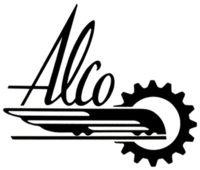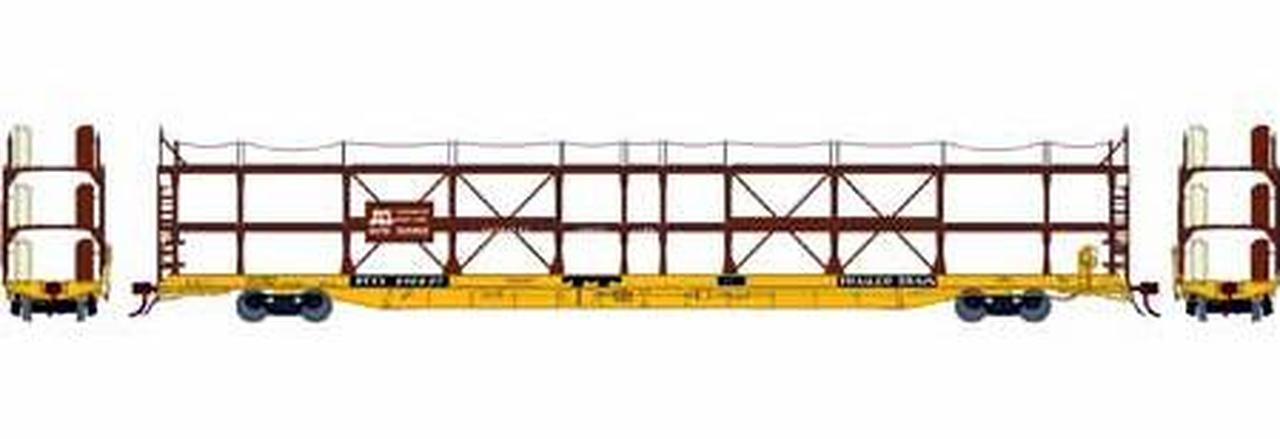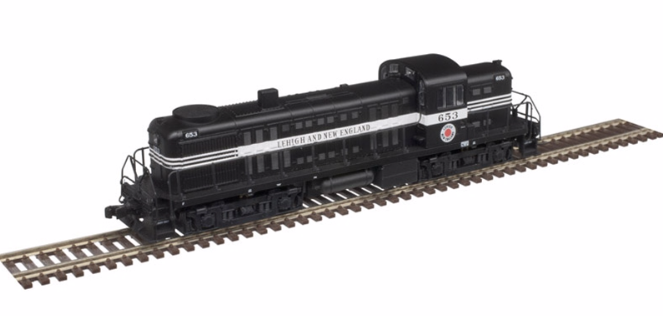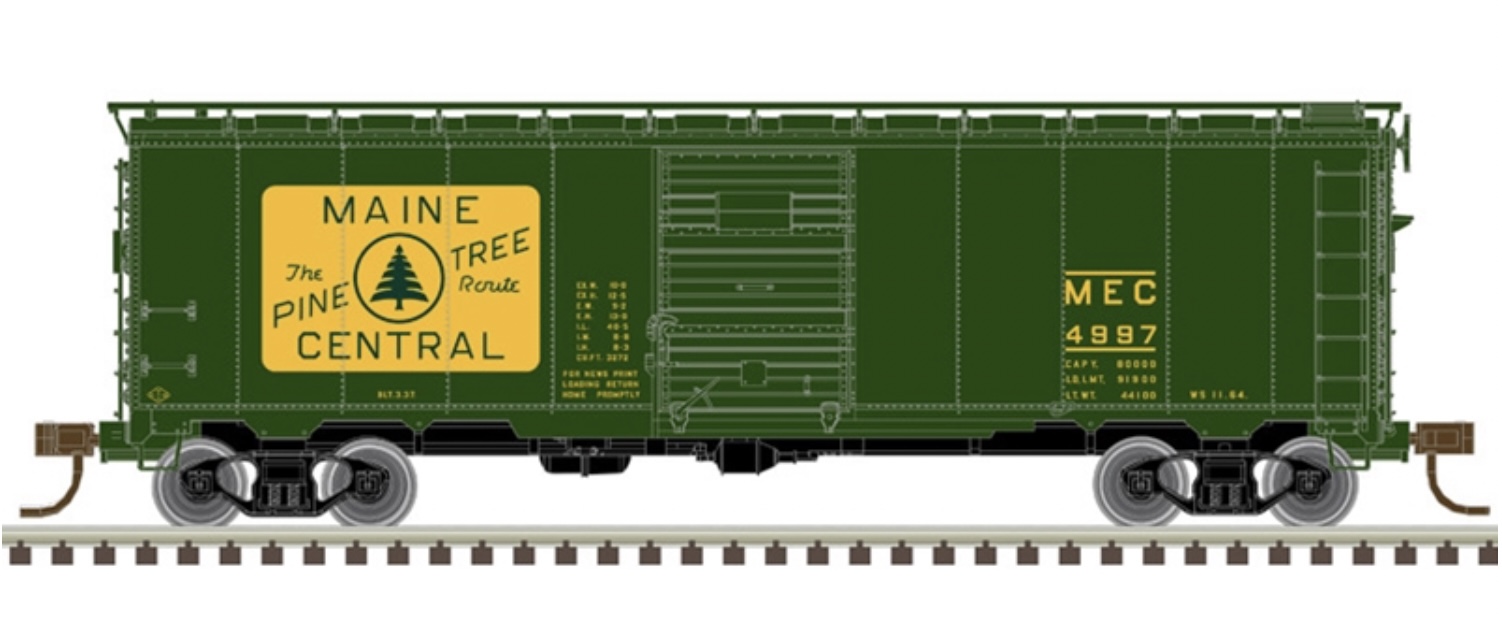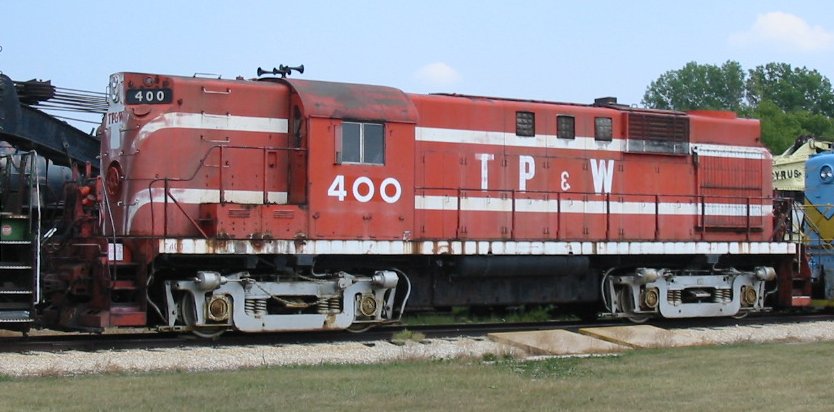Model Information: Atlas introduced this model in 1986. It was originally produced by Kato for Atlas under contract. The Kato version shares a chassis with Kato's RS-3 model but some of the internal components differ, primarily in the worm assembly. Atlas ceased importing this model in the 1990s and later, in 2006, designed their own version which was produced in China. This new version (2006+) is properly DCC-Ready and accepts a drop-in decoder. It also features a skew-wound motor with all eight wheels involved with electrical pickup and drive (no traction tires). The Chinese version features body-mounted AccuMate couplers whereas the Kato version have truck-mounted couplers. This version also has Golden White LEDs, separated handrails and side sill and a prototypical wheelbase. The Kato wheelbase is off due to the common chassis shared with the RS-3.
See a video of these engines on our YouTube Channel
See a video of these engines on our YouTube Channel
DCC Information: Models produced from 2006 are DCC Ready or Dual-Model Decoder Equipped. They accept the following drop-in decoders:
- Digitrax DN163A0: 1 Amp N Scale Mobile Decoder for Atlas N-Scale GP40-2, U25B, SD35, Trainmaster, B23-7 and others
- TCS AMD4 (Installation for Atlas RS-11)
- NCE N12A0: Plug and play decoder for N-Scale Atlas GP40-2, U25B, U23B, B23-7, 30-7, 36-7, GP38, SD25, TRAINMASTER, etc.
- MRC 1812: N-Scale Sound Decoder for most Atlas short/medium 4-axle locos (selection of 4 prime movers - might not be prototypical for this model however)
Earlier DCC factory-equipped versions were fitted with Lenz LE063XF decoders, whereas most recent versions are fitted with NCE N12A0 decoders. The Atlas version of these decoders will respond to manufacturer's address "127" (CV8) i.e. "Atlas Model Railroad Products", though being identical to their original manufacturer's specification.
- Digitrax DN163A0: 1 Amp N Scale Mobile Decoder for Atlas N-Scale GP40-2, U25B, SD35, Trainmaster, B23-7 and others
- TCS AMD4 (Installation for Atlas RS-11)
- NCE N12A0: Plug and play decoder for N-Scale Atlas GP40-2, U25B, U23B, B23-7, 30-7, 36-7, GP38, SD25, TRAINMASTER, etc.
- MRC 1812: N-Scale Sound Decoder for most Atlas short/medium 4-axle locos (selection of 4 prime movers - might not be prototypical for this model however)
Earlier DCC factory-equipped versions were fitted with Lenz LE063XF decoders, whereas most recent versions are fitted with NCE N12A0 decoders. The Atlas version of these decoders will respond to manufacturer's address "127" (CV8) i.e. "Atlas Model Railroad Products", though being identical to their original manufacturer's specification.
Prototype History: The ALCO RS-11 is a diesel-electric locomotive of the road switcher type rated at 1,800 hp (1.34 MW), that rode on two-axle trucks, having a B-B wheel arrangement.
The first three RS-11s were produced by ALCO in February 1956 as a demonstrator set. This locomotive, classified by ALCO as model DL-701, was their first high-horsepower road switcher,[1] intended to be a replacement for the very popular RS-3 road switcher. Featuring a V-12, 1,800 hp (1,300 kW) 251B diesel engine, the RS-11 was ALCO's answer to EMD's very successful GP9. The turbocharged RS-11 accelerated faster, had a higher tractive effort rating and typically used less fuel than the competition. It was also quite versatile and could be found in heavy haul freight as well as passenger service. It was produced in high-nose and low-nose versions. Montreal Locomotive Works built identical units.
The first three RS-11s were produced by ALCO in February 1956 as a demonstrator set. This locomotive, classified by ALCO as model DL-701, was their first high-horsepower road switcher, intended to be a replacement for the very popular RS-3 road switcher. Featuring a V-12, 1,800 hp (1,300 kW) 251B diesel engine, the RS-11 was ALCO's answer to EMD's very successful GP9. The turbocharged RS-11 accelerated faster, had a higher tractive effort rating and typically used less fuel than the competition. It was also quite versatile and could be found in heavy haul freight as well as passenger service. It was produced in high-nose and low-nose versions. Montreal Locomotive Works built identical units..
From Wikipedia
Read more on American-Rails.com.
The first three RS-11s were produced by ALCO in February 1956 as a demonstrator set. This locomotive, classified by ALCO as model DL-701, was their first high-horsepower road switcher,[1] intended to be a replacement for the very popular RS-3 road switcher. Featuring a V-12, 1,800 hp (1,300 kW) 251B diesel engine, the RS-11 was ALCO's answer to EMD's very successful GP9. The turbocharged RS-11 accelerated faster, had a higher tractive effort rating and typically used less fuel than the competition. It was also quite versatile and could be found in heavy haul freight as well as passenger service. It was produced in high-nose and low-nose versions. Montreal Locomotive Works built identical units.
The first three RS-11s were produced by ALCO in February 1956 as a demonstrator set. This locomotive, classified by ALCO as model DL-701, was their first high-horsepower road switcher, intended to be a replacement for the very popular RS-3 road switcher. Featuring a V-12, 1,800 hp (1,300 kW) 251B diesel engine, the RS-11 was ALCO's answer to EMD's very successful GP9. The turbocharged RS-11 accelerated faster, had a higher tractive effort rating and typically used less fuel than the competition. It was also quite versatile and could be found in heavy haul freight as well as passenger service. It was produced in high-nose and low-nose versions. Montreal Locomotive Works built identical units..
From Wikipedia
Read more on American-Rails.com.
Road Name History: 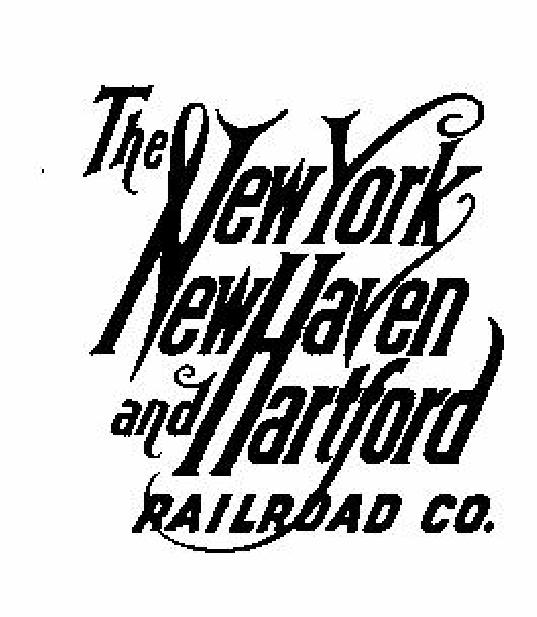 The New York, New Haven and Hartford Railroad (reporting mark NH), commonly known as the New Haven, was a railroad that operated in New England from 1872 to 1968, dominating the region's rail traffic for the first half of the 20th century.
The New York, New Haven and Hartford Railroad (reporting mark NH), commonly known as the New Haven, was a railroad that operated in New England from 1872 to 1968, dominating the region's rail traffic for the first half of the 20th century.
Beginning in the 1890s and accelerating in 1903, New York banker J. P. Morgan sought to monopolize New England transportation by arranging the NH's acquisition of 50 companies, including other railroads and steamship lines, and building a network of electrified trolley lines that provided interurban transportation for all of southern New England. By 1912, the New Haven operated more than 2,000 miles (3,200 km) of track, with 120,000 employees, and practically monopolized traffic in a wide swath from Boston to New York City.
This quest for monopoly angered Progressive Era reformers, alienated public opinion, resulted in high prices for acquisitions, and increased construction costs. Debt soared from $14 million in 1903 to $242 million in 1913, even as the advent of automobiles, trucks and buses reduced railroad profits. Also in 1913, the federal government filed an anti-trust lawsuit that forced the NH to divest its trolley systems.
The line became bankrupt in 1935, was reorganized and reduced in scope, went bankrupt again in 1961, and in 1969 was merged with the Penn Central system, formed a year earlier by the merger of the also bankrupt New York Central Railroad and Pennsylvania Railroad; Already a poorly conceived merger, Penn Central proceeded to go bankrupt in 1970, becoming the largest bankruptcy in the U.S. until the Enron Corporation superseded it in 2001. The remnants of the system now comprise Metro-North Railroad's New Haven Line, (parts of) Amtrak's Northeast Corridor, Shore Line East, parts of the MBTA, and numerous freight operators such as CSX and the Providence and Worcester Railroad. The majority of the system is now owned publicly by the states of Connecticut, Rhode Island, and Massachusetts.
Read more on Wikipedia and New Haven Railroad Historical and Technical Association, Inc.

Beginning in the 1890s and accelerating in 1903, New York banker J. P. Morgan sought to monopolize New England transportation by arranging the NH's acquisition of 50 companies, including other railroads and steamship lines, and building a network of electrified trolley lines that provided interurban transportation for all of southern New England. By 1912, the New Haven operated more than 2,000 miles (3,200 km) of track, with 120,000 employees, and practically monopolized traffic in a wide swath from Boston to New York City.
This quest for monopoly angered Progressive Era reformers, alienated public opinion, resulted in high prices for acquisitions, and increased construction costs. Debt soared from $14 million in 1903 to $242 million in 1913, even as the advent of automobiles, trucks and buses reduced railroad profits. Also in 1913, the federal government filed an anti-trust lawsuit that forced the NH to divest its trolley systems.
The line became bankrupt in 1935, was reorganized and reduced in scope, went bankrupt again in 1961, and in 1969 was merged with the Penn Central system, formed a year earlier by the merger of the also bankrupt New York Central Railroad and Pennsylvania Railroad; Already a poorly conceived merger, Penn Central proceeded to go bankrupt in 1970, becoming the largest bankruptcy in the U.S. until the Enron Corporation superseded it in 2001. The remnants of the system now comprise Metro-North Railroad's New Haven Line, (parts of) Amtrak's Northeast Corridor, Shore Line East, parts of the MBTA, and numerous freight operators such as CSX and the Providence and Worcester Railroad. The majority of the system is now owned publicly by the states of Connecticut, Rhode Island, and Massachusetts.
Read more on Wikipedia and New Haven Railroad Historical and Technical Association, Inc.
Brand/Importer Information: In 1924 Stephan Schaffan, Sr. founded the Atlas Tool Company in Newark, New Jersey. In 1933 his son, Stephan Schaffan, Jr., came to work for his father at the age of sixteen. Steve Jr. built model airplanes as a hobby and frequented a local hobby shop. Being an enterprising young man, he would often ask the owner if there was anything he could do to earn some extra spending money. Tired of listening to his requests, the hobby-store owner threw some model railroad track parts his way and said, "Here, see if you can improve on this".
In those days, railroad modelers had to assemble and build everything from scratch. Steve Jr. created a "switch kit" which sold so well, that the entire family worked on them in the basement at night, while doing business as usual in the machine shop during the day.
Subsequently, Steve Jr. engineered the stapling of rail to fiber track, along with inventing the first practical rail joiner and pre-assembled turnouts and flexible track. All of these products, and more, helped to popularize model railroading and assisted in the creation of a mass-market hobby. The budding entrepreneur quickly outgrew the limitations of a basement and small garage operation. Realizing they could actually make a living selling track and related products, Steve and his father had the first factory built in Hillside, New Jersey at 413 Florence Avenue in 1947. On September 30, 1949, the Atlas Tool Company was officially incorporated as a New Jersey company.
In 1985, Steve was honored posthumously for his inventions by the Model Railroad Industry Association and was inducted into the Model Railroad Industry Hall of Fame in Baltimore, Maryland. In addition, Steve was nominated and entered into the National Model Railroad Association Pioneers of Model Railroading in 1995.
In the early 1990s, the Atlas Tool Company changed its name to Atlas Model Railroad Company, Inc.
In those days, railroad modelers had to assemble and build everything from scratch. Steve Jr. created a "switch kit" which sold so well, that the entire family worked on them in the basement at night, while doing business as usual in the machine shop during the day.
Subsequently, Steve Jr. engineered the stapling of rail to fiber track, along with inventing the first practical rail joiner and pre-assembled turnouts and flexible track. All of these products, and more, helped to popularize model railroading and assisted in the creation of a mass-market hobby. The budding entrepreneur quickly outgrew the limitations of a basement and small garage operation. Realizing they could actually make a living selling track and related products, Steve and his father had the first factory built in Hillside, New Jersey at 413 Florence Avenue in 1947. On September 30, 1949, the Atlas Tool Company was officially incorporated as a New Jersey company.
In 1985, Steve was honored posthumously for his inventions by the Model Railroad Industry Association and was inducted into the Model Railroad Industry Hall of Fame in Baltimore, Maryland. In addition, Steve was nominated and entered into the National Model Railroad Association Pioneers of Model Railroading in 1995.
In the early 1990s, the Atlas Tool Company changed its name to Atlas Model Railroad Company, Inc.
Item created by: Lethe on 2016-03-03 12:25:33. Last edited by CNW400 on 2020-08-24 12:28:59
If you see errors or missing data in this entry, please feel free to log in and edit it. Anyone with a Gmail account can log in instantly.
If you see errors or missing data in this entry, please feel free to log in and edit it. Anyone with a Gmail account can log in instantly.




